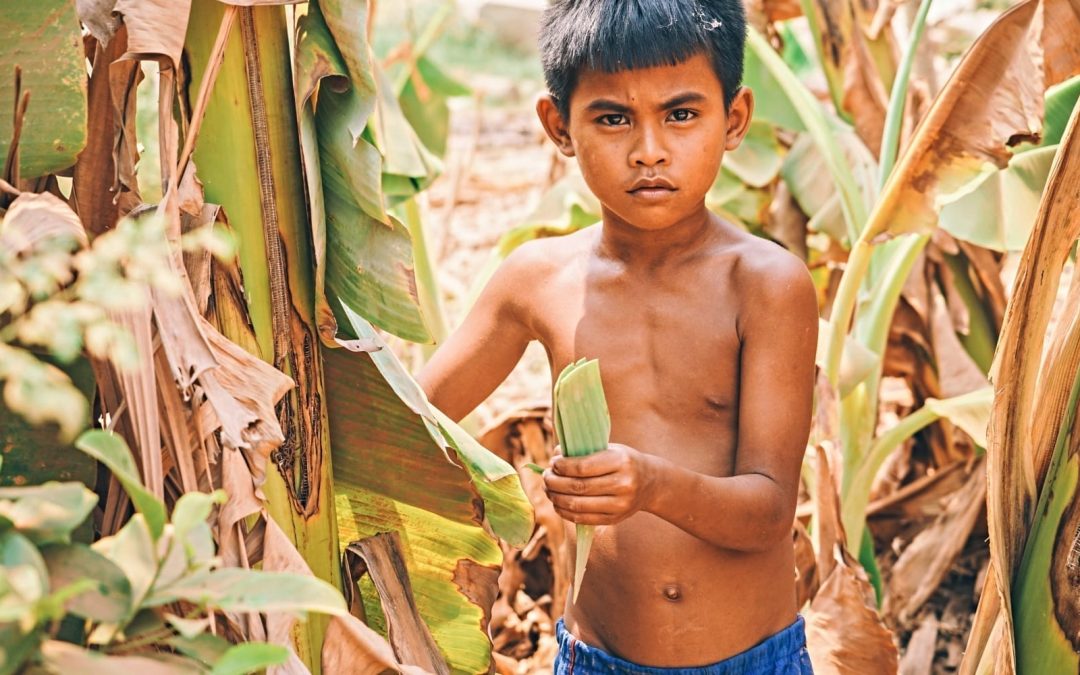From cellphones to chocolate desserts and sushi to shoes, many products reaching the global marketplace are connected to forms of child labor and forced labor.
More than two-thirds of the world’s children who work do so in conditions categorized as “child labor,” with many products on the international marketplace being produced by child laborers, according to two U.S. Department of Labor reports released Sept. 20.
“Working children are those engaged in any economic activity for at least 1 hour during the reference period,” the report explained. “Children in child labor are a subset of working children. Child labor includes work below the minimum age, as established in national legislation excluding permissible light work, the worst forms of child labor and hazardous unpaid household services.”
A total of 218 million children worked in 2017, with 152 million in child labor (and 73 million of these in hazardous child labor conditions).
The majority (115 million) are 5 to 14 years old, with the remaining 37 million being 15 to 17 years old.
Hazardous labor, as defined by the International Labor Organization, refers to “work which, by its nature or the circumstances in which it is carried out, is likely to harm the health, safety or morals of children.”
Child labor is most common in agriculture, with 71 percent of all working children employed in this sector in conditions categorized as child labor, followed by the service industry (17 percent) and the construction, manufacturing and mining sectors (12 percent).
The department’s 2018 list of goods report identified 148 goods from 76 countries produced by child or forced labor that make their way into the global marketplace.
Agriculture was the most common industry with goods produced by child or forced labor (74), followed by manufacturing (42), mining / quarrying (31) and pornography (1).
The most common goods connected to child labor were gold (22 nations with child labor), bricks (20 nations), sugar cane (18), coffee (17), cotton (17) and tobacco (16).
The most common goods connected with forced labor are bricks (8 nations), cotton (8), garments (7), cattle (5) and sugar cane (5).
The full report on child labor is available here. The full report on goods produced by child labor is available here.


